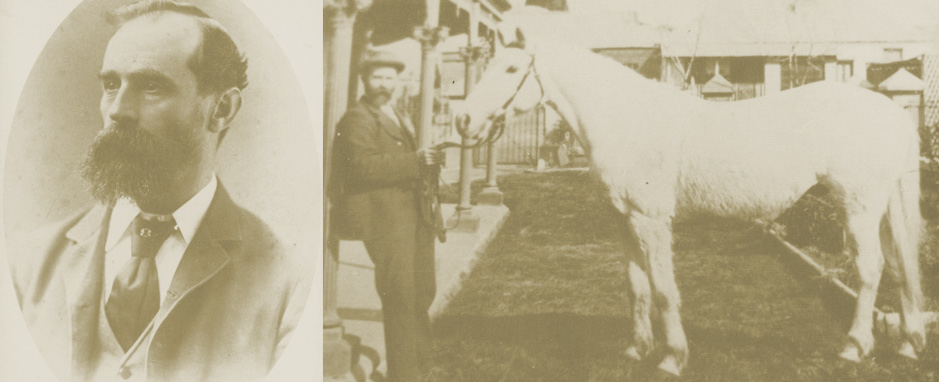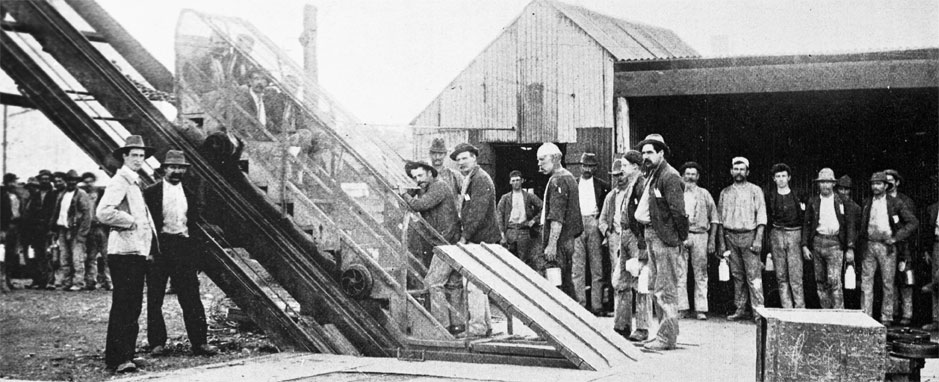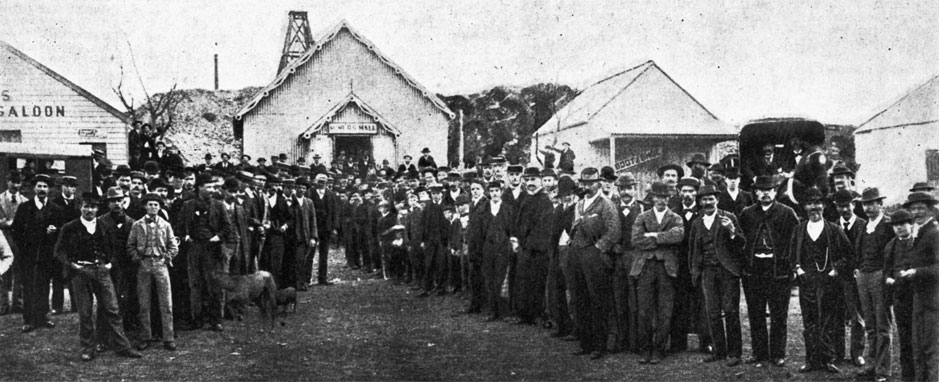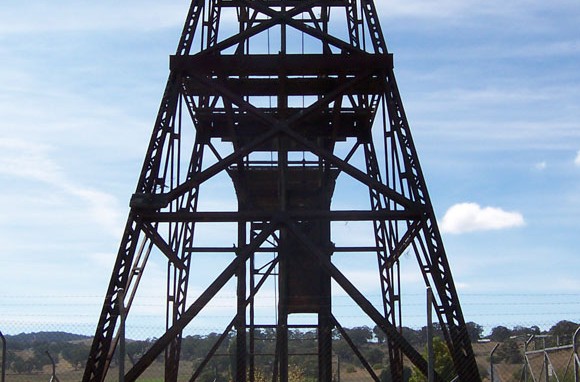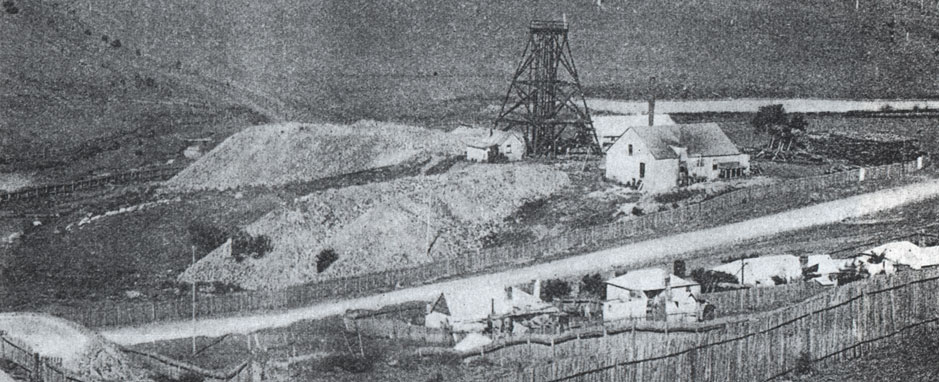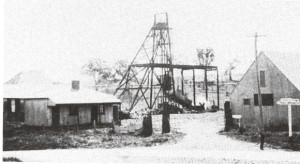
The entrance to Wentworth Main mine in 1935, with the office and pay office on
the left and the equipment store on the right.
Photo courtesy Nita Wasson
The Lucknow goldfield was discovered in 1851, soon after Australia’s first payable gold was found at nearby Ophir. The Wentworth Main Mine, located on the eastern side of the village, relates to the 1890s and 1930s mining booms.
The entire mining area was situated on land initially owned by William Charles Wentworth; the gold field was known as the Wentworth Field until the name Lucknow was adopted in 1863. It is said the name ‘Lucknow’ derived from good prosperity the town offered i.e. luck now.
The Wentworth Main Mine tells the story of goldmining in the Central West, from its early stages in the 1850s, through three stages, until its closure in the 1950s. It has been estimated that the fields yielded around 14,000 kg of gold in all.
One hundred and sixty years on, the landscape around Lucknow is still dominated by its gold mining heritage. Poppet heads, mine buildings, mullock heaps & bluestone dam walls are still plainly visible in & around the village.Lucknow, near Orange, which was worked extensively from 1862 to 1867, yielding 504 474 oz to 1923.
Explore the History of Wentworth Main Mine
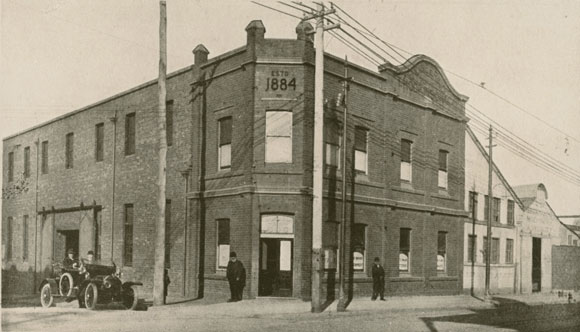
The off-beat clamour of the battery went on for the full twenty four hours of each day during crushing. The two five-head stampers in the … Read more
At the Wentworth Main shaft a number of buildings were erected in July 1935: fitting shops, miners’ change rooms, a manager’s office and a battery … Read more
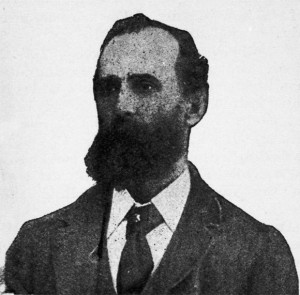
Henry William Newman was born in Nantes, France on 27 November 1839. Henry Newman’s grandfather was the British Consul in France and his father Robert … Read more


